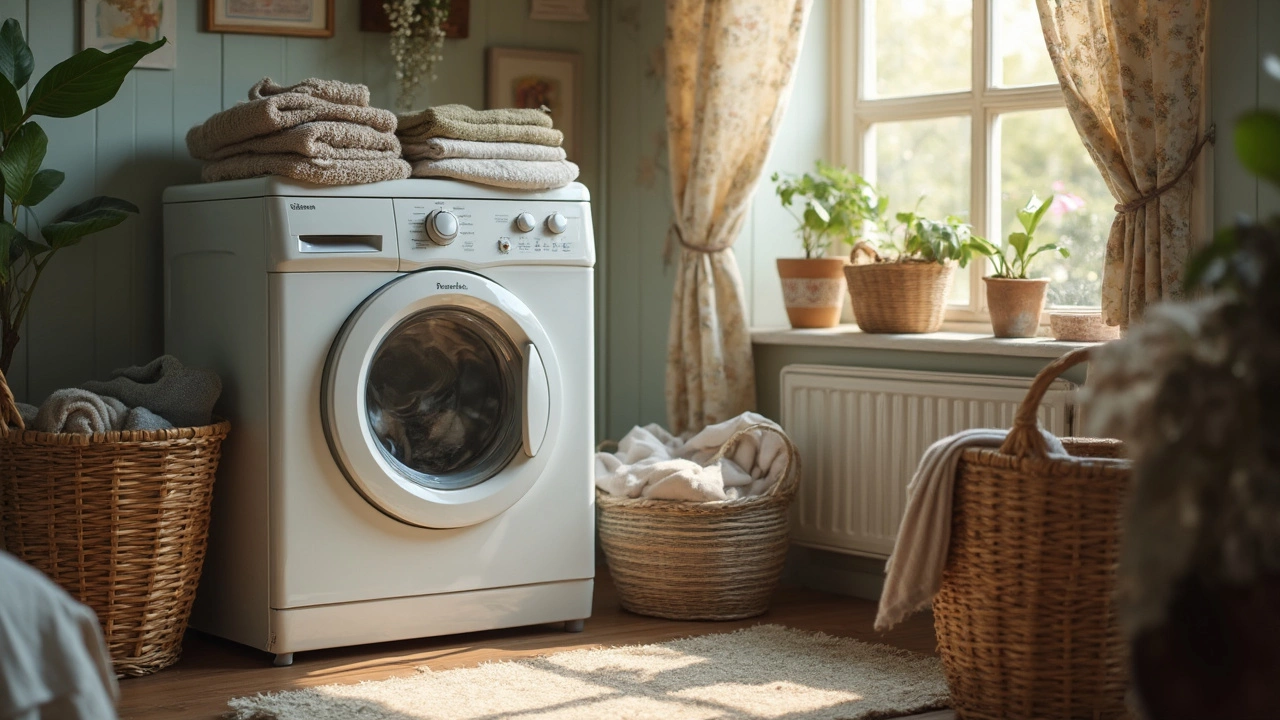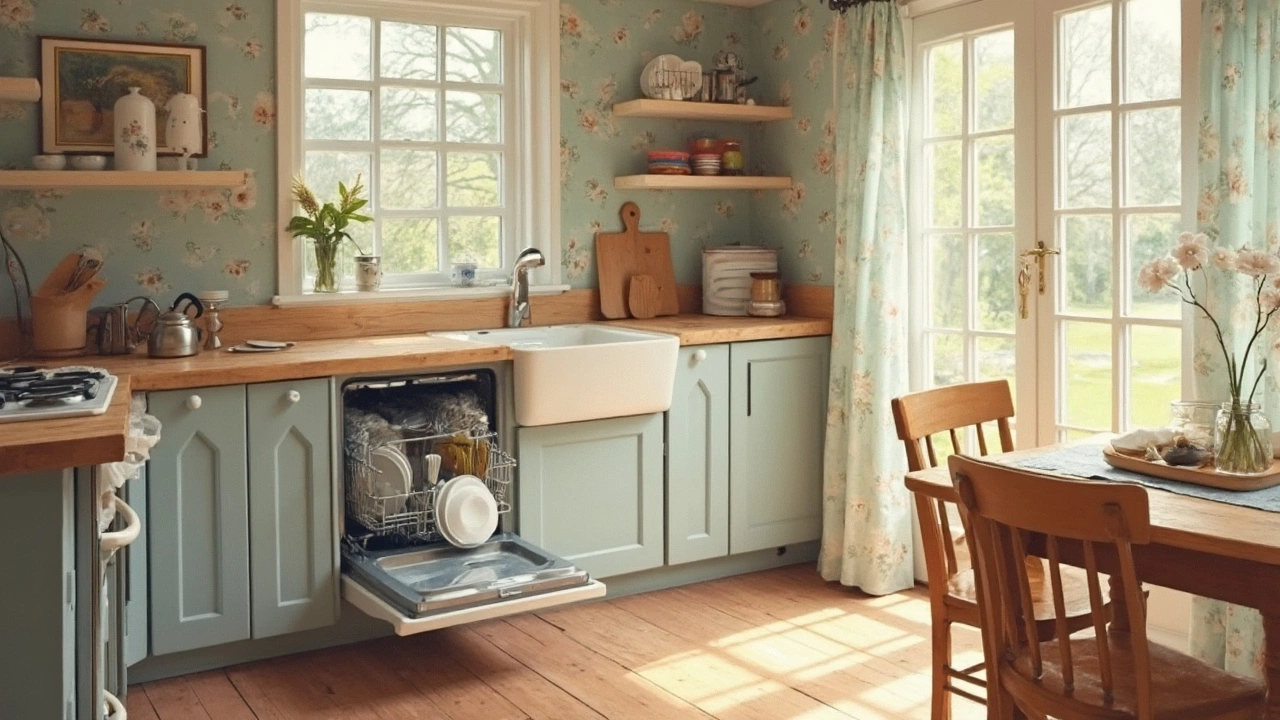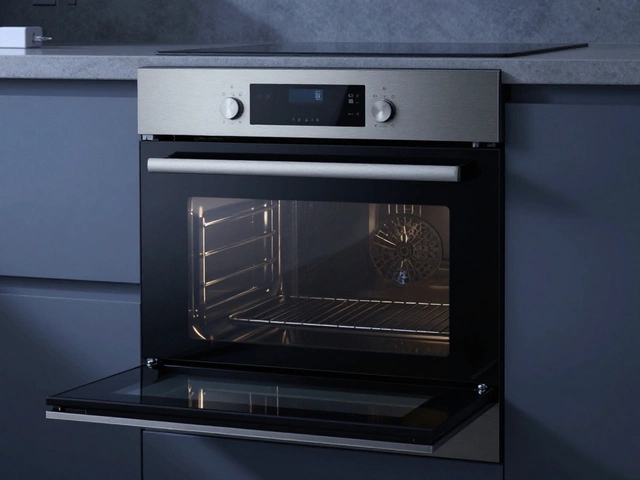I’ll be honest, nothing gets to you faster than opening the fridge and catching that weird warmth waft. Your milk’s bordering on cheese, and your ice-cream has become soup. That’s when the big question hits: do you fork out for repairs, or is it time for a shiny new fridge? In my house (with a teenager who seems to eat for four), the fridge isn’t just an appliance—it’s mission control for snacks. So I’ve been down this rabbit hole, weighing costs, peering inside the guts of our old Electrolux, and checking my bank account with a sigh. You wouldn’t believe how much folks in New Zealand spend on this headache each year—hundreds of millions, just keeping fridges running or shipping the old ones off for scrap. So what’s actually cheaper, repairing or replacing? Spoiler alert: it isn’t as simple as the old "just fix it" advice. Let’s get stuck in.
What Drives Refrigerator Repair Costs?
If you’re thinking about home repairs, it helps to know which parts usually fail and what that means for your wallet. Most fridge issues come down to a handful of culprits. Compressors, thermostats, fan motors, control boards—these are the usual suspects, and the price tags for each can be all over the place. For a standard freestanding fridge here in Auckland, a new compressor alone can set you back over $400, and that’s before labour. Replace a door seal? Maybe $90. But if the circuit board’s fried, then you’re easily in the $200-$350 range, parts and labour included.
Here's a hard truth: labour costs can make up more than half the bill. The average hourly rate for appliance repair techs in New Zealand hovers between $80–$120. If your fridge is wedged into a tricky spot or needs serious dismantling, the bill climbs fast. And if you need a site visit outside Auckland’s central suburbs, factor in extra for travel time. It’s smart to ask upfront: is there a minimum charge or a call-out fee? Many repairmen will hit you with a $100 fee just for showing up, even if all they do is flick a breaker.
Warranty status changes the game completely—if your fridge is still under manufacturer’s warranty or you bought it new with an extra coverage plan, you might be able to dodge most of the costs (besides your time and maybe a modest callout fee). If not, you’re on the hook for repairs, and these can add up quickly. For a deeper dive, look at the table below for typical fridge repair costs in New Zealand as of 2025.
| Repair Type | Average Cost (NZD) | Common Symptoms |
|---|---|---|
| Compressor Replacement | $400–$900 | Not cold, loud noises |
| Thermostat Replacement | $100–$200 | Too warm/too cold, not cycling |
| Fan Motor Replacement | $120–$300 | Buzzing, airflow problems |
| Defrost Timer/Heater | $130–$250 | Freezer icing up, puddles |
| Circuit Board | $200–$350 | No power, flashing lights |
| Door Seal/Gasket | $80–$150 | Leaking, internal condensation |
It’s easy to see how costs mount up, especially with older models needing multiple parts or having tricky accessibility. For built-in models or fridges with fancy features, add another $100–$300 onto those numbers. Sometimes just diagnosing a weird leak or random beeping can take a tech an hour, so keep that in mind.
If you can pull off a minor fix, like swapping out a gasket or a light bulb yourself, that’s a win. But unless you’ve got confidence with a multimeter, don’t muck around with compressors or electrics—that’s a solid way to ruin your fridge and make your insurance squeamish.

When Should You Repair—And When Should You Replace?
This is where things get interesting. Let’s tackle the big factors: age, cost, efficiency, and—yeah—your own tolerance for fuss.
Start with age. The average refrigerator in New Zealand lasts about 10 to 15 years. If your fridge is under 8 years old, go ahead and get quotes for repairs. Modern fridges, especially well-known brands like Fisher & Paykel, Samsung, or LG, tend to hold up fine with a part or two swapped, and you might get another solid five years. After about 10 years? Repairs start becoming a gamble. That compressor might not be the last thing going bust. If your fridge is nudging 12 or 13, and you’re facing a repair that costs more than half—or even a third—of a new fridge, think twice.
There’s actually a rule techs use called the “50% rule.” If the cost to repair climbs above 50% of the price of a new fridge, it’s probably better to just replace it. So if you’ve got an 11-year-old fridge and repairing a compressor will cost $700, but a new energy-efficient fridge runs $1,300, suddenly buying new makes way more sense.
- Fridge replacement cost in NZ for a mid-range freestanding unit floats between $1,200 and $2,000, while bigger fancy ones (French door, plumbed for ice and water) will set you back $2,500 or more.
- Energy bills are sneaky. Older fridges chew through roughly 1,000 kWh per year, while newer “A+++” rated models cut that down to just 400–500 kWh. With New Zealand’s power averaging $0.33 per kWh as of 2025, that’s potentially $150–$200 savings a year for switching. Over five years, the new model can pay you back for the price difference in power costs alone.
Performance matters, too. If your fridge is always running "cold wars" inside—frozen lettuce, ice buildup, milk that spoils—a single repair may not fix the underlying issue. Techs in Auckland often report seeing fridges that have been patched up three or four times. Each "cheap fix" just pushes back the inevitable. Look at the big picture: repeat repairs, rising electricity bills, unreliable cooling...sometimes it’s just not worth the fight.
What about the planet? Hauling away a dead fridge to landfill is rough for the environment, since the refrigerants (F-gases) are climate nasties. But did you know most Kiwi councils will recycle old units, safely extracting gases first? Upgrading to a new, more efficient model could shrink your carbon footprint in a meaningful way. Just don’t let the old one gather dust in the garage as a "beer fridge"—those things are power hogs.
If cost is king, watch for seasonal sales. Retailers (especially in Auckland and Wellington) often slash prices in August and December to clear stock before new models come in. Trading in your old fridge or arranging a council pickup for recycling can further offset the price.

Practical Tips: How to Decide and Cut Costs
So you’re at that crossroads: to fix, or to shop? Here’s how I size it up—and some tricks for squeezing value whichever way you go.
- Get a proper quote. Don’t just take a wild guess. Call a few appliance repair shops—preferably ones that specialise in your brand. Describe the problem clearly and ask if they can ballpark the cost based on symptoms. Some techs offer free virtual consultations now through WhatsApp video or similar tools.
- Check warranty and consumer rights. Even if your model is over a year old, New Zealand’s Consumer Guarantees Act often covers major faults on pricey goods for a "reasonable" time, even up to five years. It’s worth checking before you shell out.
- Consider hidden costs. Is your fridge packed tight in a fitted kitchen that’ll need cabinetry removed? Or does it hold sentimental value (maybe literally—the kids’ artwork is glued to the door)? These things matter more than you’d think.
- DIY? Small fixes, like replacing door seals or unclogging drain holes, can easily be tackled with a screwdriver and YouTube. Keeping the coils clean (vacuum them every six months) boosts efficiency and reduces breakdowns—bonus saving over time.
- If you go for a new one, ask about delivery and old-unit removal. Most major retailers in Auckland like Noel Leeming or Smiths City include removal in the delivery fee—don’t get stung by hidden add-ons.
- Don’t assume bigger is better. Big double-door fridges hog space and power. Right-size your fridge for your family—Tristan always wants a snack, but a 700L monster is overkill for three people!
- Watch for government rebates or power company promotions for switching to more efficient appliances. Genesis Energy and Mercury have run campaigns offering $100–$200 credits for ditching old "energy guzzlers."
- Recycle responsibly. New Zealand’s e-waste programme ensures your old fridge doesn’t just rot in landfill. Proper decommissioning also prevents nasty refrigerants from polluting.
Need the ultimate cheat sheet? Sum up age, repair price, power usage, and hassle. If your fridge is less than eight years and repair is under $300, fix it. If it’s older, repair costs spiral, or electricity bills are rising, move on—especially if those repair quotes leave you cold. Life’s short, and there are better ways to spend your Saturday than chasing puddles on the kitchen floor. Trust me, I’ve been there—Tristan’s science experiments in abandoned Tupperware were the final straw for ours. Whatever you decide, make it deliberate, not desperate.





